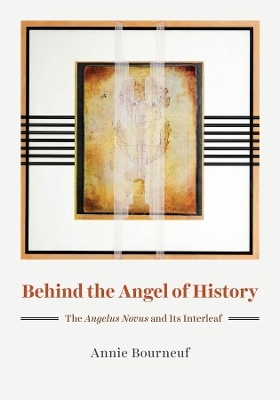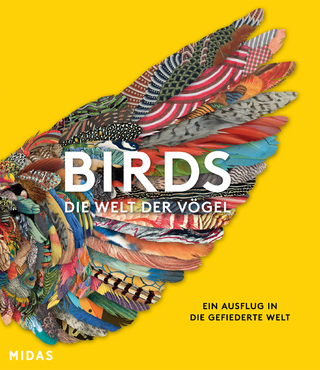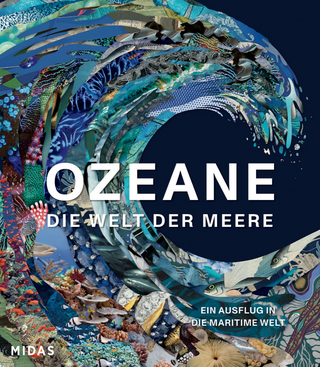
Behind the Angel of History
The "Angelus Novus" and Its Interleaf
Seiten
2022
University of Chicago Press (Verlag)
978-0-226-81670-8 (ISBN)
University of Chicago Press (Verlag)
978-0-226-81670-8 (ISBN)
The story of artist R. H. Quaytman’s discovery of an engraving hidden behind a famous artwork by Paul Klee.
This book begins with artist R. H. Quaytman uncovering something startling about a picture by Paul Klee. Pasted beneath Klee’s 1920 Angelus Novus—famous for its role in the writings of its first owner, Walter Benjamin—Quaytman found that Klee had interleaved a nineteenth-century engraving of Martin Luther, leaving just enough visible to provoke questions.
Behind the Angel of History reveals why this hidden face matters, delving into the intertwined artistic, political, and theological issues consuming Germany in the wake of the Great War. With the Angelus Novus, Klee responded to a growing call for a new religious art. For Benjamin, Klee’s Angelus became bound up with the prospect of meaningful dialogue among religions in Germany.
Reflecting on Klee’s, Benjamin’s, and Quaytman’s strategies of superimposing conflicting images, Annie Bourneuf reveals new dimensions of complexity in this iconic work and the writing it inspired.
This book begins with artist R. H. Quaytman uncovering something startling about a picture by Paul Klee. Pasted beneath Klee’s 1920 Angelus Novus—famous for its role in the writings of its first owner, Walter Benjamin—Quaytman found that Klee had interleaved a nineteenth-century engraving of Martin Luther, leaving just enough visible to provoke questions.
Behind the Angel of History reveals why this hidden face matters, delving into the intertwined artistic, political, and theological issues consuming Germany in the wake of the Great War. With the Angelus Novus, Klee responded to a growing call for a new religious art. For Benjamin, Klee’s Angelus became bound up with the prospect of meaningful dialogue among religions in Germany.
Reflecting on Klee’s, Benjamin’s, and Quaytman’s strategies of superimposing conflicting images, Annie Bourneuf reveals new dimensions of complexity in this iconic work and the writing it inspired.
Annie Bourneuf is professor of art history at the School of the Art Institute of Chicago. She is the author of Paul Klee: The Visible and the Legible, which was also published by the University of Chicago Press and won the 2016 Robert Motherwell Book Award.
Chapter 1: 2015
Chapter 2: 1920
Chapter 3: 1922
Epilogue
Acknowledgments
Notes
Index
| Erscheinungsdatum | 05.09.2022 |
|---|---|
| Zusatzinfo | 23 color plates, 15 halftones |
| Sprache | englisch |
| Maße | 178 x 254 mm |
| Gewicht | 739 g |
| Themenwelt | Kunst / Musik / Theater |
| ISBN-10 | 0-226-81670-2 / 0226816702 |
| ISBN-13 | 978-0-226-81670-8 / 9780226816708 |
| Zustand | Neuware |
| Informationen gemäß Produktsicherheitsverordnung (GPSR) | |
| Haben Sie eine Frage zum Produkt? |
Mehr entdecken
aus dem Bereich
aus dem Bereich
Ein Ausflug in die gefiederte Welt
Buch | Hardcover (2024)
Midas Collection (Verlag)
CHF 81,90
ein Ausflug in die maritime Welt
Buch | Hardcover (2024)
Midas Collection (Verlag)
CHF 78,00


